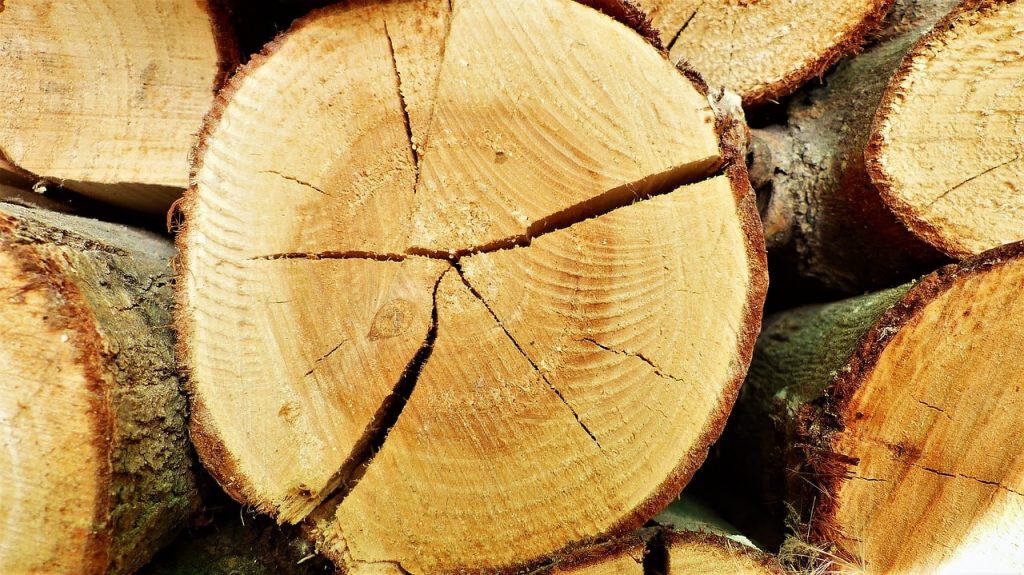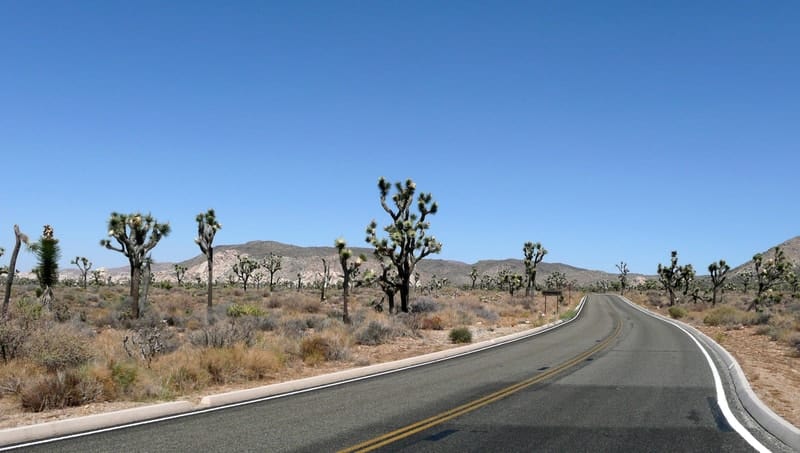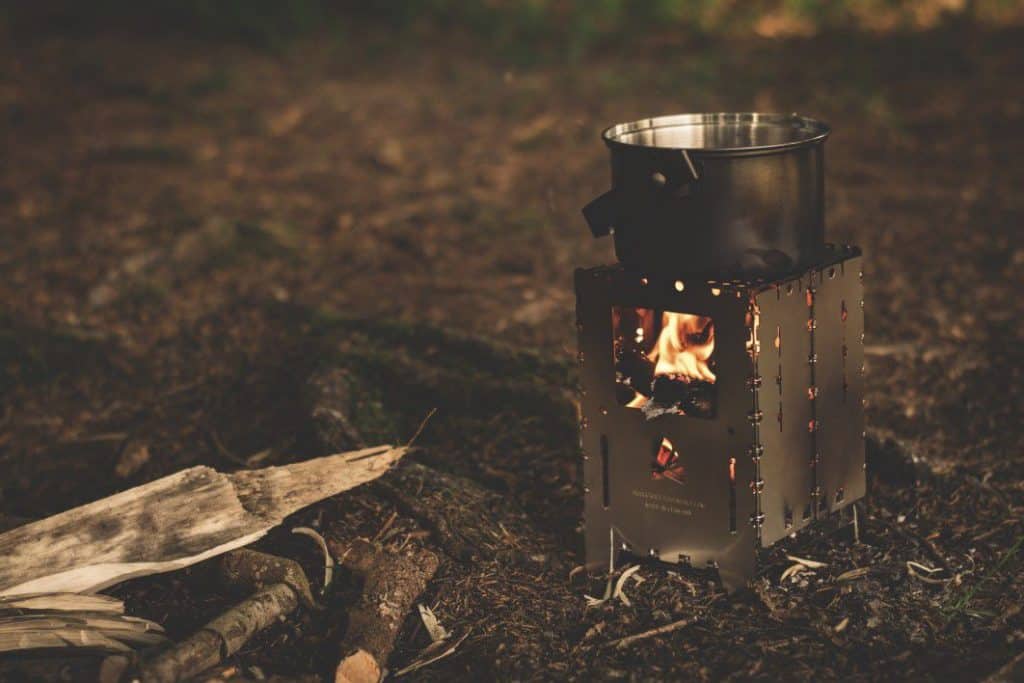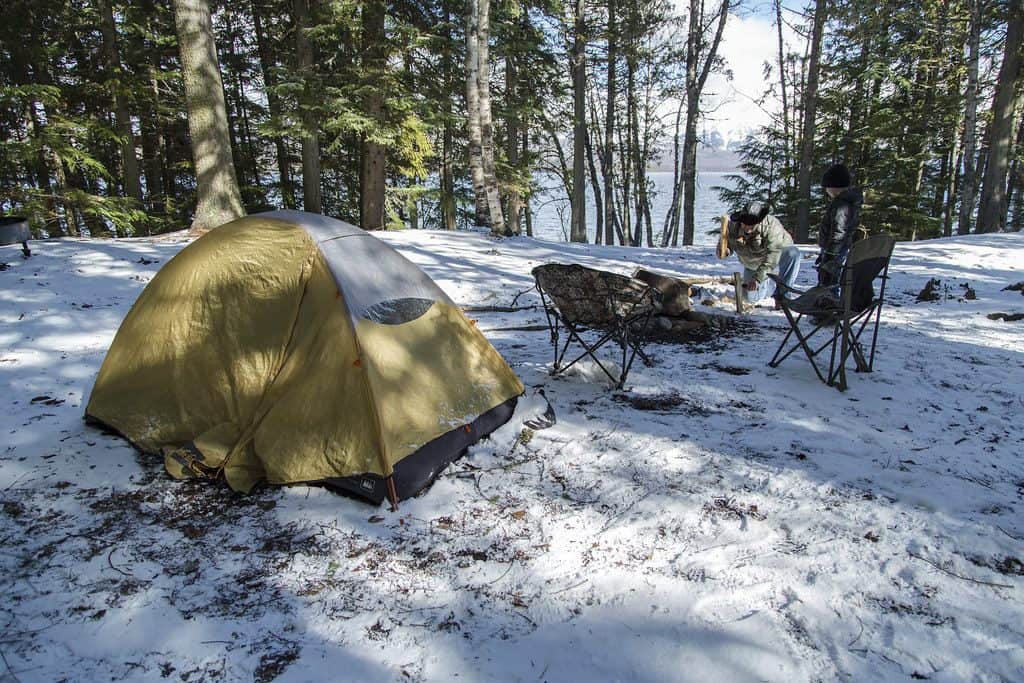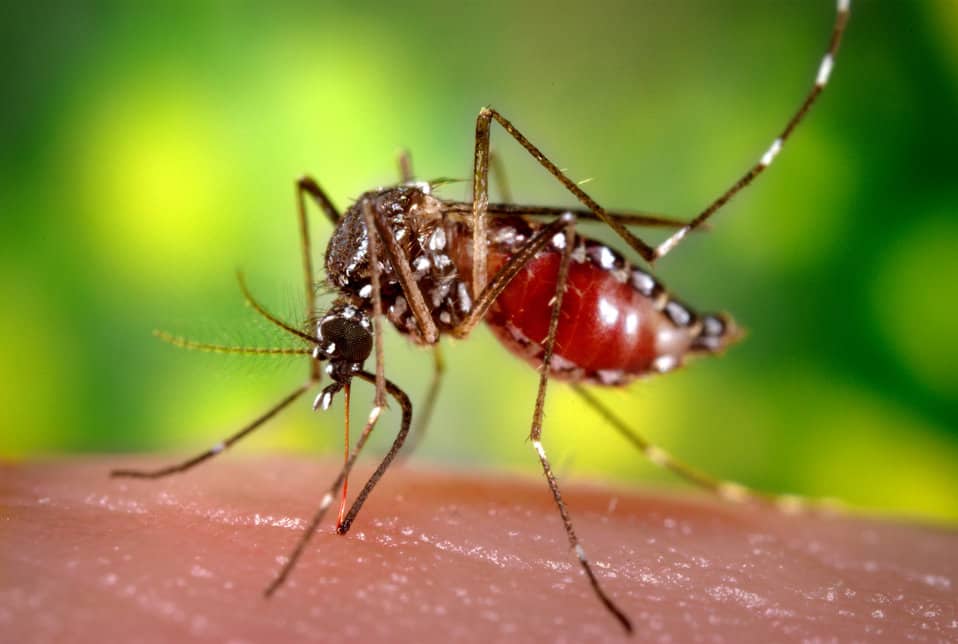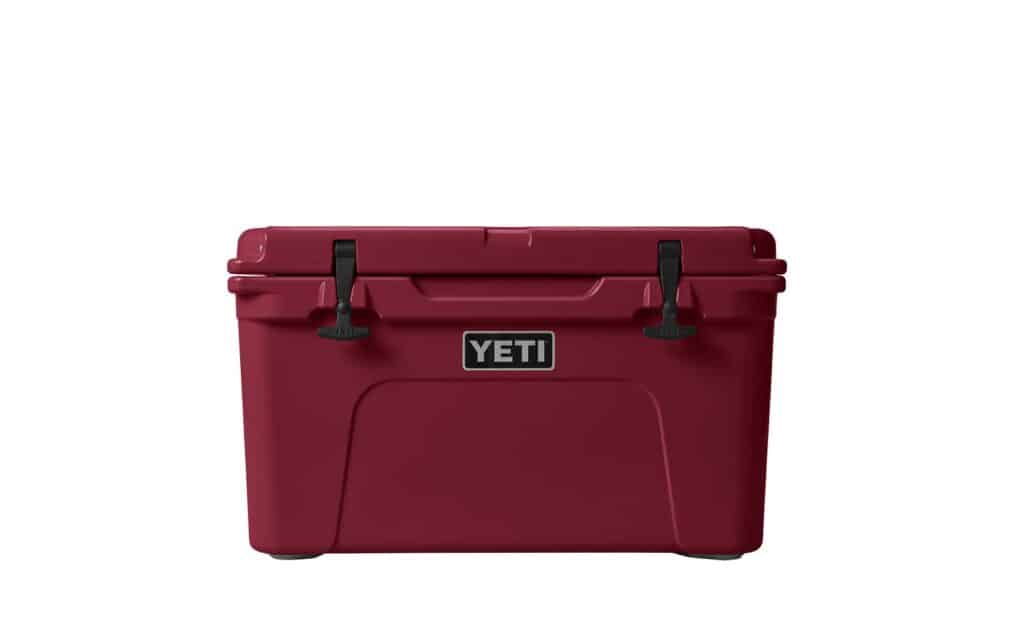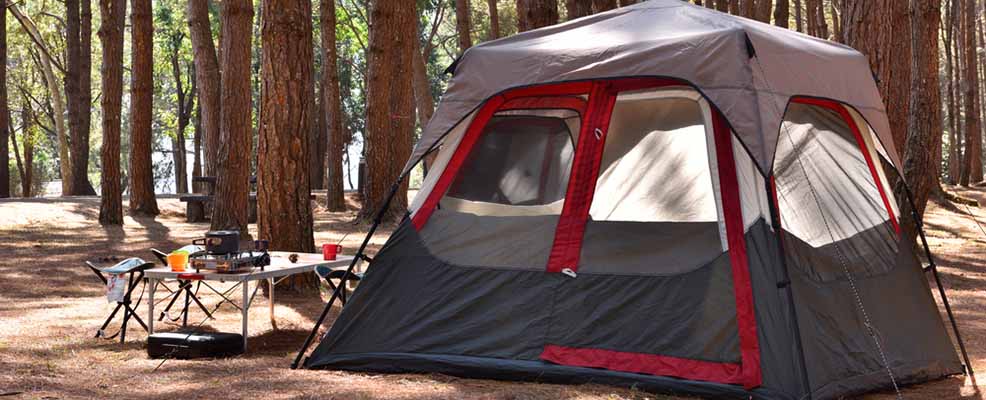
Looking to beat the heat on your next camping trip? Look no further! In this comprehensive guide, we’ll show you how to keep your tent cool without electricity. With practical tips and tricks, you’ll be able to create a comfortable oasis even in the hottest weather. From strategic tent placement to utilizing shade and water sprays, we’ve got you covered. So grab your sunscreen and get ready to stay cool while enjoying the great outdoors!
- # 1 – The Science of Heat and Cooling
- # 2 – Choosing the Right Tent
- # 3 – Strategic Tent Placement for Your Camping Trip
- # 4 – Place A Tarp At Least 2 Feet Up
- # 5 – Spray Some Water onto the Tent
- # 6 – Combatting Hot Air Accumulation in Your Tent
- # 7 – Ground Insulation Techniques
- # 8 – Natural Airflow Optimization
- # 9 – DIY Tent Shades and Reflectors
- # 10 – Hydration: Your Natural Cooling System
- # 11 – Wet Towel Technique
- # 12- Utilizing Thermal Mass
- # 13 – Planting for Shade
- # 14 – Cool Clothing Choices
- # 15 – Avoiding The Use of a Sleeping Bag
- # 16 – Cold Packs and DIY Coolers
- # 17 – Solar-Powered Fans
- # 18 – Nighttime Cooling Techniques
- # 19 – Avoiding Heat-Generating Activities
- # 20 – Using Natural Water Sources
- # 21 – Emergency Cooling Measures
- # 22 – Maintenance and Storage for a Cooler Tent
- Conclusion
# 1 – The Science of Heat and Cooling
Understanding the science of heat and cooling is essential for keeping your tent cool without electricity. When it comes to cooling your tent, it’s important to consider the principles of conduction, convection, and radiation. By utilizing shade, reflective tarps, wet blankets, and staying close to the ground, you can effectively cool your tent in hot weather. Additionally, using portable fans and wearing light-coloured clothing can further enhance the cooling effect. Stay safe and keep your tent cool without relying on electricity.
# 2 – Choosing the Right Tent
When selecting a tent, make sure to choose one with ample headspace or opt for a summer tent. A tent without electricity can still be cool if you consider certain features. Look for tents with good ventilation, such as mesh windows and vents, to allow for proper airflow. Additionally, choosing a tent made from canvas instead of nylon can help regulate the temperature inside the tent. Prioritize safety by selecting a tent that keeps you cool in hot weather conditions.
# 3 – Strategic Tent Placement for Your Camping Trip
To ensure your tent stays cool, strategically choose a shady spot and set up your tent in an area that will be protected from direct sunlight during the hottest part of the day.
• Tips for Strategic Tent Placement:
• Look for natural sources of shade, like trees or large rocks.
• Consider the sun’s path and how it changes with the seasons.
# 4 – Place A Tarp At Least 2 Feet Up
If you want to create a portable shade without trapping heat, try placing a tarp at least 2 feet above your tent. This simple technique can help keep your tent cool and comfortable during hot-weather camping trips. Opt for a reflective tarp, which will reflect sunlight away from your tent and reduce heat absorption. This is especially beneficial if you have a canvas tent, as it can help mitigate the effects of heat and maintain a cooler environment inside. Stay safe and enjoy your cool camping experience!
# 5 – Spray Some Water onto the Tent
Spray some water onto your tent to cool the air inside and create a more comfortable camping experience. This simple technique can help you beat the heat without relying on electricity. Here’s how to do it:
• Use a spray bottle or hose to lightly mist the outside of your tent.
• Pay extra attention to areas that receive direct sunlight.
• The water will evaporate, creating a cooling effect inside the tent.
# 6 – Combatting Hot Air Accumulation in Your Tent
Combat hot air accumulation in your tent by positioning it strategically to take advantage of natural breezes and ventilation. Choose a camping spot that is open and allows for good airflow. Avoid setting up your tent in low-lying areas where hot air tends to collect. Look for spots near water bodies or shaded areas to mitigate the effects of hot weather. By being mindful of your tent’s location, you can ensure better tent cooling in hot weather conditions.
# 7 – Ground Insulation Techniques
Now that you know how to combat hot air accumulation in your tent, let’s move on to ground insulation techniques. These methods can help keep your tent cool by preventing heat from radiating up from the ground. Here are some tips:
• Use a thick blanket or foam pad under your sleeping bag for insulation.
• This will create a barrier between you and the hot ground.
• It will also provide some cushioning for added comfort.
• Consider using a canvas tent instead of nylon.
• Canvas tents have better insulation properties than nylon tents.
• They can help regulate the temperature inside the tent and keep it cooler.
# 8 – Natural Airflow Optimization
Utilizing natural airflow is key to maximizing ventilation and keeping the inside of your tent cooler. To optimize air circulation, position your tent strategically to take advantage of any breeze. Face the tent door and windows towards the prevailing wind direction for maximum airflow. Choose a tent with proper ventilation features such as mesh windows, vents, or a rainfly with venting options. Proper ventilation is crucial in ensuring a safe and comfortable camping experience while keeping your tent cool without electricity.
# 9 – DIY Tent Shades and Reflectors
To create shade and reflect sunlight away from your tent, set up DIY tent shades and reflectors using materials like tarps or space blankets. These simple yet effective solutions can help keep your tent cool and comfortable in hot weather. Here’s how you can do it:
• Hang a tarp above your tent to provide shade during the day.
• Use reflective tarps or space blankets on the sides of your tent to reflect sunlight and heat away.
• By incorporating these shade and reflective tarps, you can significantly reduce the temperature inside your tent, creating a more enjoyable camping experience. Stay safe and stay cool!
# 10 – Hydration: Your Natural Cooling System
Staying hydrated is crucial for regulating your body temperature and keeping cool while camping in hot weather. Make sure to drink plenty of water throughout the day to stay hydrated. Dehydration can lead to heat exhaustion or heatstroke, so it’s important to replenish fluids regularly. Carry a water bottle with you at all times and take frequent breaks to hydrate. Don’t wait until you feel thirsty, as that is already a sign of dehydration. Stay proactive, and drink water consistently to beat the heat and stay safe during your camping trip.
# 11 – Wet Towel Technique
Now that you have learned about the importance of staying hydrated, let’s explore another effective technique for keeping your tent cool without electricity: the wet towel technique. This simple yet effective method involves placing a wet towel on the roof of your tent. As the water evaporates from the towel, it creates a cooling effect inside the tent. Additionally, you can also lay a wet towel or clothing on the tent door for makeshift air conditioning. The evaporation process helps lower the temperature and provides relief from the heat.
# 12- Utilizing Thermal Mass
Utilize the thermal mass of large rocks or concrete blocks near your tent to absorb heat during the day and release it at night, creating a cooler environment for sleeping. These materials have the ability to store heat energy and slowly release it, helping to regulate the temperature inside your tent. By strategically placing these objects around your campsite, you can take advantage of their cooling properties and enhance your comfort while camping. Consider the type of material used in your tent as well, as certain materials may provide better insulation and temperature control.
# 13 – Planting for Shade
To create a shady spot around your campsite, consider planting trees or setting up a canopy. This will provide relief from the sun’s intense heat and keep your tent cool without electricity. Here are some practical tips:
• Plant shade trees in strategic locations to block direct sunlight.
• Choose fast-growing trees like maple or oak for quicker shade.
• Utilize solar-powered fans under the canopy for added ventilation.
# 14 – Cool Clothing Choices
When camping in hot weather, you’ll want to choose lightweight and breathable clothing made from materials like cotton or linen to help you stay cool. These fabrics allow for better airflow and moisture evaporation, keeping you comfortable in a hot tent. Additionally, consider using a battery-operated fan inside your tent to circulate air and provide some relief from the heat. Stay safe by dressing appropriately and utilizing cooling methods to beat the heat while camping without electricity.
# 15 – Avoiding The Use of a Sleeping Bag
Sleeping bags are like warm hugs, holding in your body heat. On those sunny days, just spread one out and chill on top. Remember, stay cool and enjoy your camping!
# 16 – Cold Packs and DIY Coolers
One way to stay cool while camping is by using cold packs or DIY coolers to lower the temperature inside your tent. Here’s how you can do it:
• Use frozen water bottles or gel packs and place them strategically around your sleeping bag.
• Create a DIY cooler by filling a bucket with ice and placing it near your sleeping area.
These methods will help keep you comfortable without the need for a portable air conditioner. Stay safe, and enjoy your camping trip!
# 17 – Solar-Powered Fans
No products found.
Using solar-powered fans is a great way to circulate air and stay cool while camping. These fans are powered by the sun, eliminating the need for batteries or electricity. They provide a refreshing breeze inside your tent, helping to alleviate heat and humidity. Solar-powered fans are safe and eco-friendly options for keeping you comfortable in hot weather. Consider investing in one of these fans to enhance your camping experience without relying on battery-powered fans or electricity.
# 18 – Nighttime Cooling Techniques
To cool down your tent at night, try placing frozen water bottles under your sheet for a refreshing and comfortable sleeping experience. This simple technique can help you stay cool and ensure a good night’s sleep while camping without electricity. Here are two additional nighttime cooling techniques to consider:
1. Wet Blankets: Place a wet blanket on the roof of the tent to create a cooling effect through evaporation. This helps lower the temperature inside the tent.
2. Air Circulation: Use a portable, rechargeable fan to circulate air inside the tent. This not only provides relief from heat but also creates a gentle breeze for added comfort.
# 19 – Avoiding Heat-Generating Activities
Be mindful of activities that generate heat, such as cooking inside your tent or using portable stoves, as they can contribute to a warmer environment. These activities not only make your tent hotter but also pose safety risks. To keep your tent cooler and ensure a safer camping experience, it is best to cook outside the tent in designated areas or use alternative cooking methods like campfires. By avoiding heat-generating activities inside your tent, you can create a more comfortable and enjoyable camping experience.
# 20 – Using Natural Water Sources
Set up your tent near a natural water source to take advantage of the cooling effect it provides. – Position your tent close enough to benefit from the evaporative cooling of the water. – Place a wet towel or clothing on the tent door for makeshift air conditioning. – Take breaks in the shade provided by trees or rocks to escape the heat. – Utilize natural shade during peak sun hours to keep your tent cooler. – Stay safe and comfortable by utilizing these natural resources.
# 21 – Emergency Cooling Measures
When camping in hot weather, it’s important to have emergency cooling measures in place. To beat the heat, consider using a battery-powered fan or creating a makeshift air conditioner. A portable fan can help circulate air inside your tent and provide relief from the sweltering temperatures. Additionally, you can make a DIY air conditioner by hanging a wet towel or clothing on the tent door. These simple solutions can make a big difference in keeping you cool during your camping trip.
# 22 – Maintenance and Storage for a Cooler Tent
To maintain a cooler tent, you should regularly clean and store it properly after each camping trip to prevent heat buildup and ensure its longevity. Here are some tips for maintaining and storing your tent: – Clean the tent using mild soap, warm water, and a soft brush. – Dry the tent completely before storing it to prevent mold and mildew. – Store the tent in a cool, dry place away from direct sunlight. – Use a towel or cloth to wipe down the interior of the tent after each use. – Consider using battery-operated fans or portable air conditioners to keep the tent cool during hot weather.
Conclusion
In conclusion, my dear campers, you now possess the wisdom to keep your tent cool without relying on those pesky electrical contraptions. By selecting the right tent with proper ventilation and materials, strategically placing it in shady spots, and employing ingenious methods like reflective tarps and wet blankets, you can conquer the scorching heat of Mother Nature. Remember to avoid heat-generating activities and make use of natural water sources for instant relief. And should all else fail, fear not! Emergency cooling measures are at your disposal. So go forth, fellow adventurers, armed with this knowledge and experience true camping bliss!
Sean is an accomplished backpacker with over 10 years of experience exploring the great outdoors. He has a passion for hiking, camping and off-grid living.

